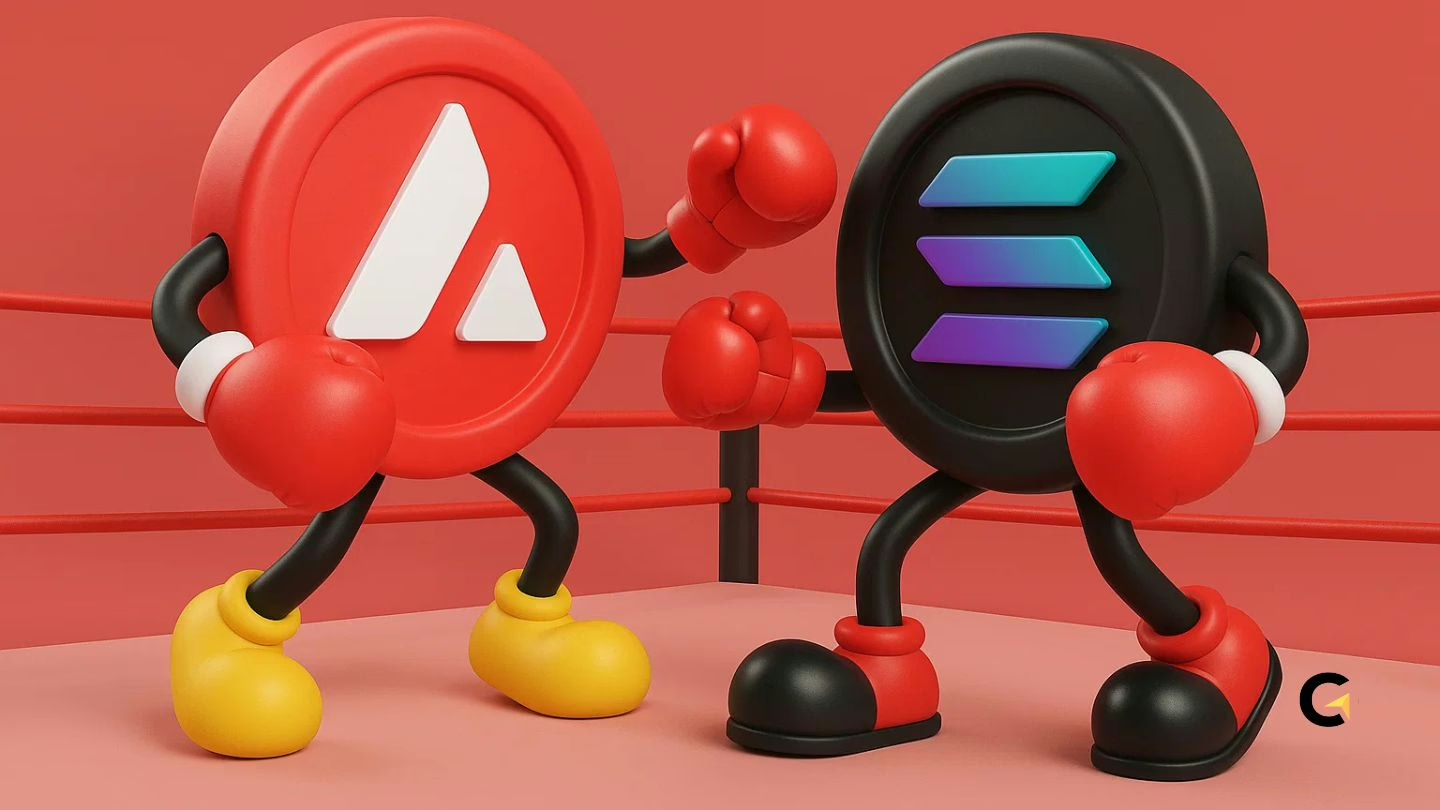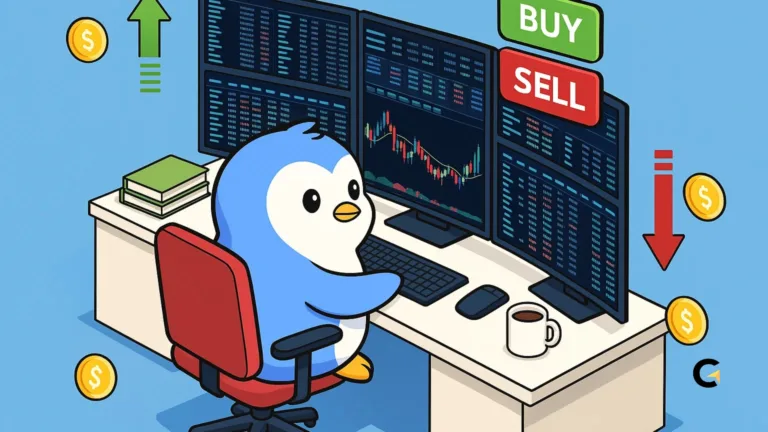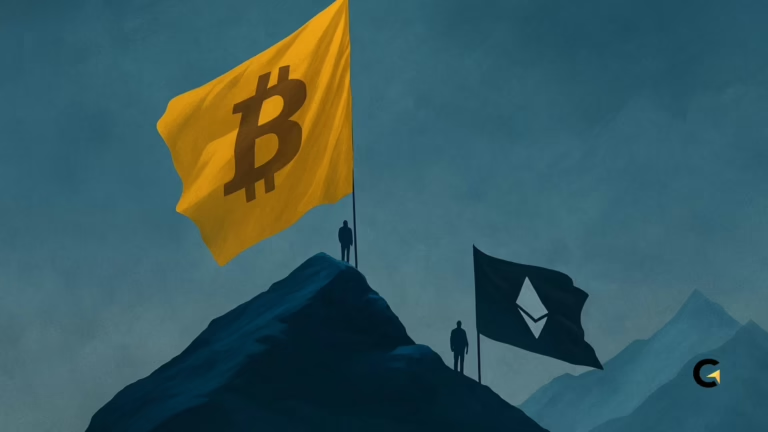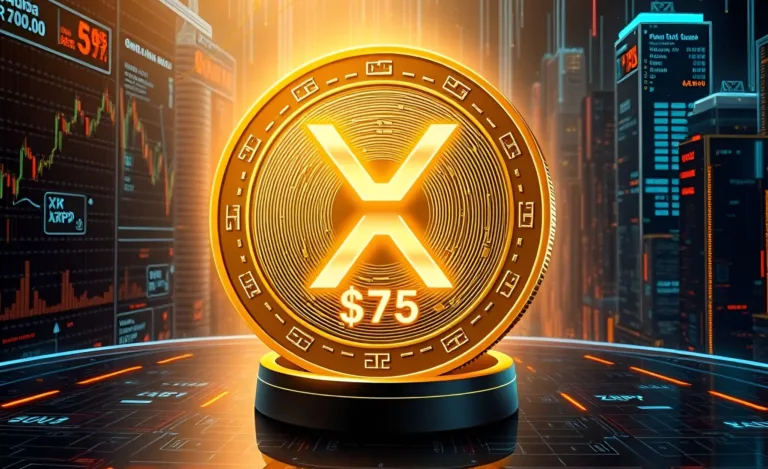Is AVAX better than Solana?
Is AVAX better than Solana? In short, Solana (SOL) currently leads on raw throughput, on-chain revenue and community excitement, but it trades those advantages for a history of service interruptions and a regulatory overhang. Avalanche (AVAX) offers more predictable uptime, hard-capped supply and highly configurable “Subnet” compliance features, yet lags Solana in user activity and mind-share.
Key Takeaways:
Hide- Speed vs. Stability: Solana offers faster finality and higher throughput but suffers more frequent network outages than AVAX.
- Token Supply: AVAX has a hard cap and strong burn mechanism; SOL has decaying inflation but no fixed supply.
- Adoption & Activity: Solana leads in active users and DeFi volume; Avalanche focuses on enterprise Subnets and modularity.
- Security Events: Both chains have experienced outages; Solana has had more incidents historically.
- Regulatory Position: SOL faces SEC scrutiny; AVAX remains untouched and is under ETF review, potentially boosting legitimacy.
- Community & Ecosystem: Solana has a larger, more engaged community; Avalanche has steady developer activity and corporate integration.
- Investment Perspective: AVAX is sound-money oriented with capped supply, while SOL thrives on active market incentives and user engagement.
How Does AVAX Stack Up Against Solana?
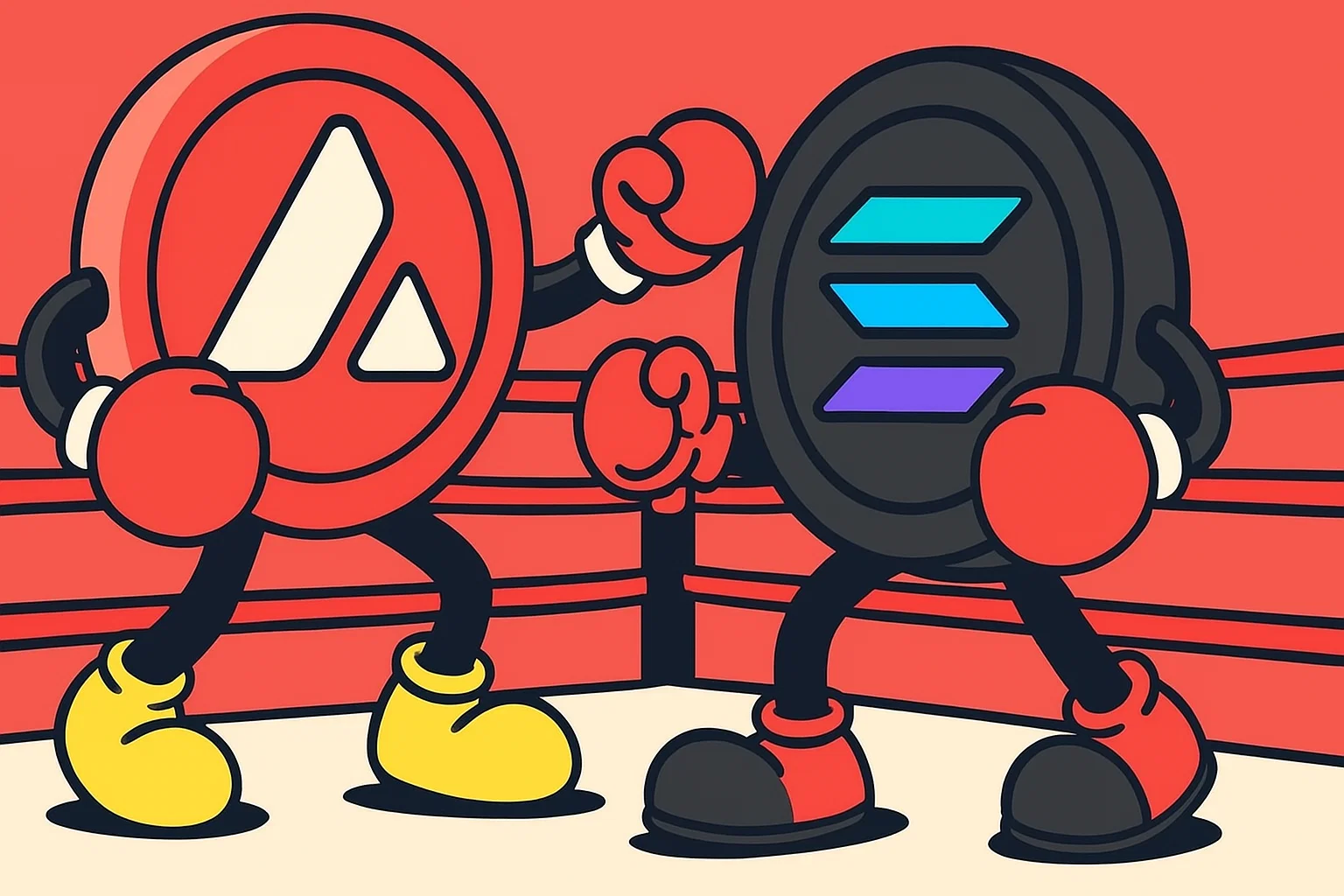
How do you choose between blistering speed and unwavering stability? Can Avalanche (AVAX) modular Subnets and hard-capped supply outshine Solana (SOL) 5,000 TPS and buzzing community? Let’s dive into the numbers and trade-offs to see which chain truly aligns with your priorities.
1. Market Metrics
| AVAX | SOL | |
|---|---|---|
| Spot price | $18.1 | $151.1 |
| Market-cap | $7.6 B | $68.7 B |
| 24 h spot volume | $267 M | $2.45 B |
| Volume / Mcap (liquidity proxy) | 3.5 % | 3.6 % |
AVAX’s cap is roughly 11% of SOL’s, but liquidity ratios are comparable, suggesting neither asset is starved for market depth at current float levels.
2. Supply Dynamics
- Avalanche has a hard cap of 720 M AVAX; approximately 422 M (58%) are circulating. Annual inflation is around 5.2% and falls as more AVAX is staked. Every transaction fee is burnt, offsetting issuance.
- Solana has no fixed cap. It launched with 8% nominal inflation, dropping 15% each year toward a terminal 1.5% floor. Approximately 580 M SOL are in circulation today.
Implication: AVAX offers stronger long-term supply certainty, while SOL’s decaying-inflation model relies on continued burn (e.g., from priority fees) to temper dilution.
3. Consensus Mechanism & Security
| Avalanche | Solana | |
|---|---|---|
| Core algorithm | Snowman / Avalanche PoS (sub-sampled voting) | Proof-of-Stake + Proof-of-History ordering |
| Active validators | ≈ 1,200 (P-Chain) | ≈ 3,248 (as of Mar 2025) |
| Finality | ~2 seconds | ~0.4 seconds |
| Notable incidents | 5-hour C-Chain halt (Feb 2024) | Multiple full-network outages (latest Feb 2024, 5 hrs) |
Avalanche’s validator set is smaller but economically dense. Solana boasts a larger validator count but has faced recurring network stability issues.
4. Network Activity
- Throughput: Solana main-net maintains 4,000–5,000 TPS. Avalanche averages 3–5 million transactions/day (~35–60 TPS).
- Active addresses: Solana sees a 7-day moving average of ~1.4 million daily active addresses; Avalanche C-Chain has ~167,000.
- Fee model:
- Avalanche burns base gas (recently cut by 75% after upgrade).
- Solana uses compute units priced in lamports with congestion-based dynamic fees. A portion is burned; the rest goes to block leaders.
5. Development & Ecosystem
- GitHub Activity: Avalanche’s core repos (e.g., Avalanche-Go, Subnet-EVMs) receive hundreds of commits per week. Solana leads all non-Ethereum chains in total contributors and commits.
- Roadmaps: Avalanche recently implemented a major fee overhaul and is developing “Teleporter” for Subnet messaging. Solana is testing Alpenglow, a new consensus design for instant finality.
- dApp Ecosystem: Solana ranks second in DEX volume globally. Avalanche focuses on enterprise Subnets, such as those powering tokenized finance platforms.
6. Tokenomics & Utility
| Avalanche | Solana | |
|---|---|---|
| Staking yield (nominal) | ≈ 7.3 % APR | ≈ 6.5 % APR |
| Governance | Off-chain signaling + ACP execution | SIMD proposals; stake-weighted validator vote |
| Native utility | Gas, Subnet bonding, cross-chain fee burn | Gas, rent, priority fees, MEV delegation |
Avalanche’s burn mechanism directly links every transaction to scarcity—so much so that some analysts see it as a key driver for AVAX outperforming in 2025. While, Solana’s dynamic fee-burn and validator-reward model underpin its long-term appeal—and for a deep look at where SOL could head by 2030.
7. Team, Community & Governance
- Founders: Avalanche—Dr. Emin Gün Sirer; Solana—Anatoly Yakovenko & Raj Gokal.
- Community Size (Twitter, June 2025): Solana → 2.5 M followers; Avalanche → 1.1 M.
- Sentiment Metrics: Solana scores higher in social media engagement and bullish mentions.
8. Regulatory & Compliance
- Solana was named as an unregistered security in SEC complaints (2023); this is still under dispute.
- Avalanche has not been targeted. In fact, ETF filings from VanEck and Grayscale for AVAX are currently under SEC review.
- Compliance Infrastructure: Avalanche’s Subnets support KYC/AML through validator/user allow-lists and integrations with identity providers. Solana maintains a permissionless model.
9. Ecosystem Risk Factors
| Risk | Avalanche | Solana |
|---|---|---|
| Smart-contract audits | Major bridge code re-audited in 2024 | $320 M Wormhole exploit in 2022 |
| Network outages | One multi-hour halt (Feb 2024) | 10+ recorded halts; most recent in Feb 2024 |
| Holder concentration | Top-10 AVAX wallets hold ~27% of supply | Top-10 SOL wallets held ~48% of genesis allocation |
| Dependencies | Relies on Avalanche Bridge enclave; fewer oracle ties | Relies on off-chain RPCs; uses multiple external bridges |
10. Macro & Sentiment Indicators
- Correlation with BTC: SOL–BTC ~0.63 vs AVAX–BTC ~0.55 (Q2 2025), suggesting SOL moves more with broader crypto markets.
- Protocol Revenue: Solana leads all Layer-1 in on-chain revenue generation.
- Narratives: Solana’s rising DEX volume reinforces its DeFi dominance. Avalanche’s fee cut positions it for enterprise Subnet adoption.
Is AVAX better than Solana?
Solana dominates in speed and usage but carries stability and regulatory risks. Avalanche offers modular design and greater supply certainty but trails in adoption metrics.
However, AVAX’s fixed supply and burn mechanics give it “sound money” credibility. Solana favors higher validator incentives and active fee markets.
Furthermore, Solana’s Alpenglow upgrade may fix its outage reputation. Avalanche’s ETF approval would signal institutional readiness.
Which platform is “better” therefore depends on whether you prize speed and traction (Solana) or modularity, hard-money economics and regulatory optionality (Avalanche).

